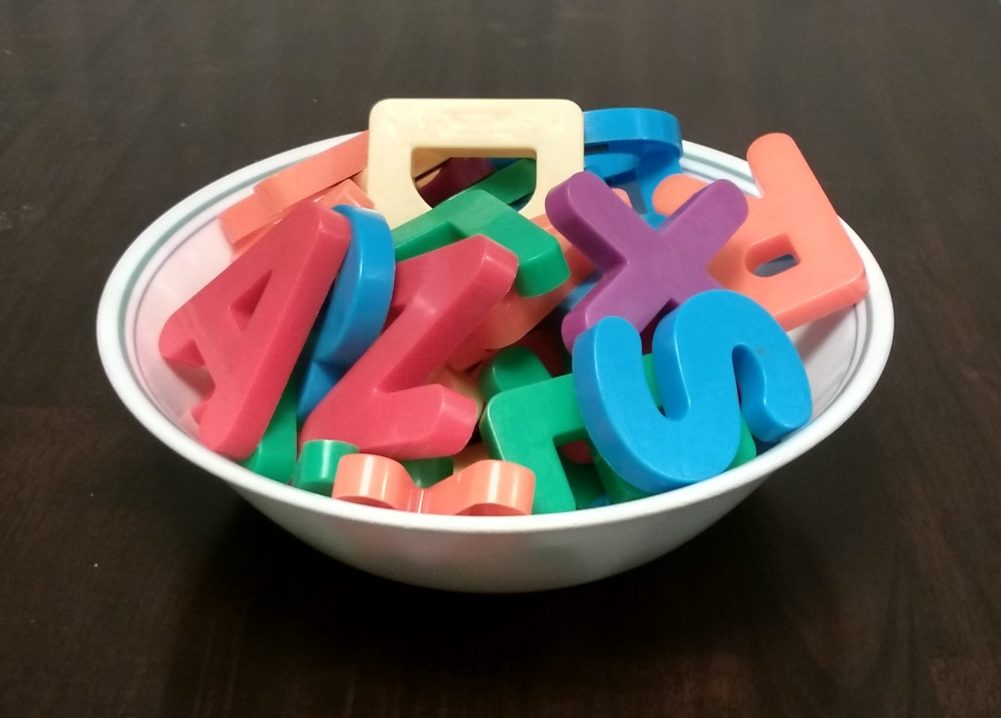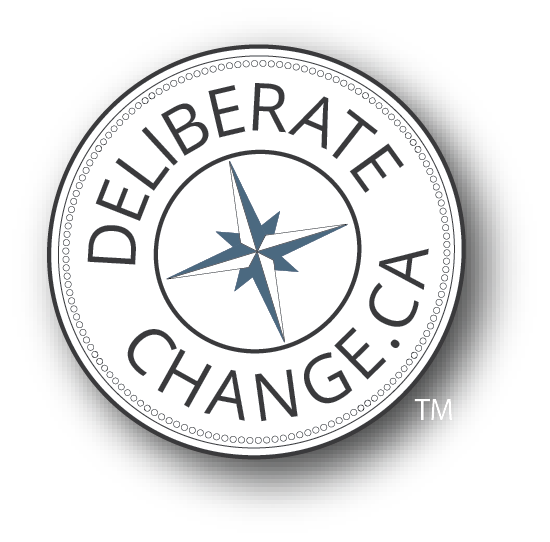
Photo credit: Alan Cleaver Grow rich quick via photopin (license)
Of course, I’ve changed a few minor details to keep the reader anonymous, but otherwise this is a fairly unedited version of our email Q&A exchange:
Hi Chris!
Money question for you. I started a new job recently and it has a pension. Yay! I haven’t had that before so I’m trying to figure the benefits vs RRSP’s. I’ve always just contributed to my RRSP and TFSA.The pension is mandatory for 3% of your salary and it’s matched 100%. It then goes up on tiers based on years of service and how much additional percentage of your salary you contribute. Basically the lowest matching is between 50-25% of your additional contribution.
I guess my question is…. (and this may sound stupid now that I wrote all this out) do you put the extra into the pension or your RRSP where you have more freedom to pick your investments? But then also don’t have any matching. The pensions has a GIC and mutual fund option. I love my spouse like crazy but this isn’t their forte so I can’t bounce this off of anyone! Thanks
First off, congrats on the new job! Where is it, and what kind of cool stuff will you be doing?
Re your pension: What type is it? A defined benefit (DB) or a defined contribution (DC)? Sounds like a DC. A DB is the type many of our parents had, where the company pays you $x per month until you pass away (although you can “buy” options to extend that under certain circumstances). They take the risk of whether or not there is actually enough to pay you of if they have to put up more of their own money.
A DC is basically the opposite. They give you the money now, you invest it how you want (within the options provided by the plan), and then you consume the $$ at whatever rate you choose once you retire (again, within certain rules and regulations). When you pass away, the balance of the account at that point goes to your estate. You take the risk of whether or not there is enough money. The DC plan essentially operates just like an RRSP, except that the company picks the financial institution and what fund options will be available to you.
Because you’ve talked about matching as well as GICs and fund options, I’m going to assume you have a DC (or DC-like) plan.

Ok, next: You are correct that you will have more choice picking your own institution and funds, but for these kinds of company matching plans you should ALWAYS take the free money! If they’ve giving you a match, take it. Right up to the max. Even if the investment options suck, you’ve just earned an instant 50% or 25% return on your first year. The only reason to not take it is if you have some crazy large amount of high interest debt (like gobs of credit card debt or you owe the mob…), in which case you should pay that back quickly and then redirect the funds to the pension matching.
You should carefully look at the options they give you before you finalize what funds to buy within the plan. Sometimes they are very good, and sometimes not so much. Hopefully they have either ETFs or index mutual funds (I can explain those if you like – let me know). Basically, just watch out for the MER (Management Expense Ratio) of any funds you buy. MERs in the 0.5% range or less is good. 0.5% to 1% is OK depending on what services it comes with, and anything higher than that sucks. Standard mutual funds often come in around 2-2.5%!
One last thing to note: Your pension will result in what’s called a “pension adjustment” to your RRSP come tax time. So, normally your next year’s RRSP limit is 18% of this year’s earnings (to a max of around $26k). If you receive a pension adjustment of say $5k, then your RRSP limit will be reduced accordingly. For DB pensions the math is tricky and based on actuarial calculations. For DC calculations, it’s usually just a dollar-for-dollar adjustment. In other words, if you get at $5k pension contribution this year, then you have $5k less RRSP contribution room next year.
Hope this helps! Don’t forget to check out some examples and tips on decision making. Let me know if you need anything else, or want to bounces ideas around. I love this stuff 🙂
Chris
Hey Chris! Yes, this is week one at my new job! I’ve decided to do the 3% of salary for 100% matching. Anything over that they match 25% for your first 5 years and then it goes up to 50%. But they have an employee share ownership plan that is matched 50% right off the bat so I’m going to do that for another 3% in a TFSA. Then when I get to 5 years I’ll put more of my salary into the pension plan with 50% matching.
Thanks. Glad to hear you’ve found even more free money and that things are going well for you there 🙂
 Your Turn Now!
Your Turn Now!
What do you think of our reader’s options? Any further thoughts or encouragement? I would have loved to see them take advantage of all three options, but not everybody is in a position to do so, so kudos for finding the TFSA option that works out better for now and planning for the next big step in year 5! Now that’s being deliberate!

 Your Turn Now!
Your Turn Now!







Totally agree with you. Always take the free money. I always suggest to others to max out any match contribution that the company offers. It’s like an automatic raise given to you! It’s actually quite surprising how many people leave this free money on the table without even realizing it.
Good point, Dr. Networth, to think about it like an automatic raise!
I agree, but the outcome is a little exagerated. Let’s say the person makes 85k/yr. Their spouse has very little income, they get taxed at 31.48% from roughly 74k-85k, and 29.65% from the 74k down to 45k.
If they max their RRSP contributions they could put in $15,300. They would get a tax return of $4,746. They could put that $4,746 into their pension, and get a matching contribution of $4,746. Now, they’d have turned their original $15,300 into $24,792.00. That’s not $30,600 but it is not as bad as it sounds.
There may be other benefits to keeping the money out of a pension too, such as eligibility rules and length of service requirements to return of your contributions, and there may also be a history of poor portfolio management by whoever is administering the plan.
Frankly, I’d advise against making contributions to a defined benefit plan over an RRSP. Defined benefit plans are mostly unsustainable, and many retirees who have relied on defined benefit plans have suffered huge losses when the company went into bankruptcy, notably GM, but also Chrysler, Abitibi Bowater, Stelco and many others. Regardless of matching I wouldn’t be contibuting beyond the minimum to a DB plan.
Interesting points, Paul. A couple of thoughts to add:
I have not previously heard of matching in a DB plan (other than “catch up”-like payments if you take a leave of absence), and I think our reader here has a DC plan (although that’s just my assumption). In that case, they would control the investments within the plan, subject to the fund options available.
As for the security of a DB plan, I agree there are some risks depending on the company you work for as well as whether the pension fund is fully funded. If it’s a publicly traded company, this should be available through the company financial reports. If it’s the government, well…
The reason pensions suffered when those companies you mentioned went bankrupt is because the funds were underfunded. Unfortunately, underfunded pension plans and bankrupt companies are not exactly uncorrelated. Don’t forget Nortel!
Part of the problem is that DB funds are a huge drain on the company, and so they may have started well funded, they end up poorly funded. GM used to have to charge roughly 5k extra on every vehicle to make up the pension deficits. Its a big part of what took them down.
In a bankruptcy, unless the monies are actually held in trust, pensioners are unsecured creditors, which means they will get pennies on the dollar.
There have been a number of high profile cases like Stelco, Abitibi, GM, etc… where pensioners were wiped out.
And that is exactly why so many companies are switching over to DC and DC-like pensions.